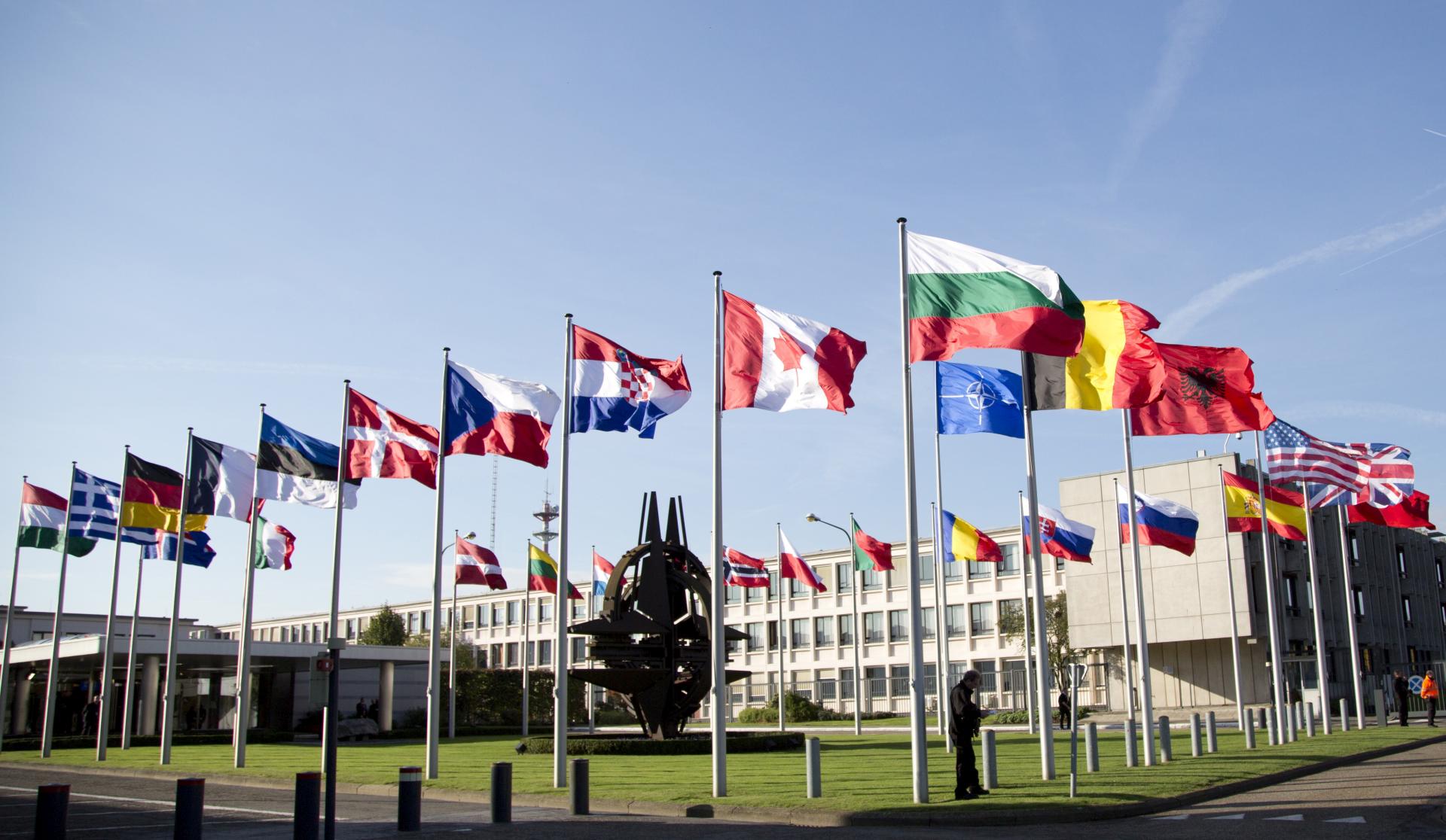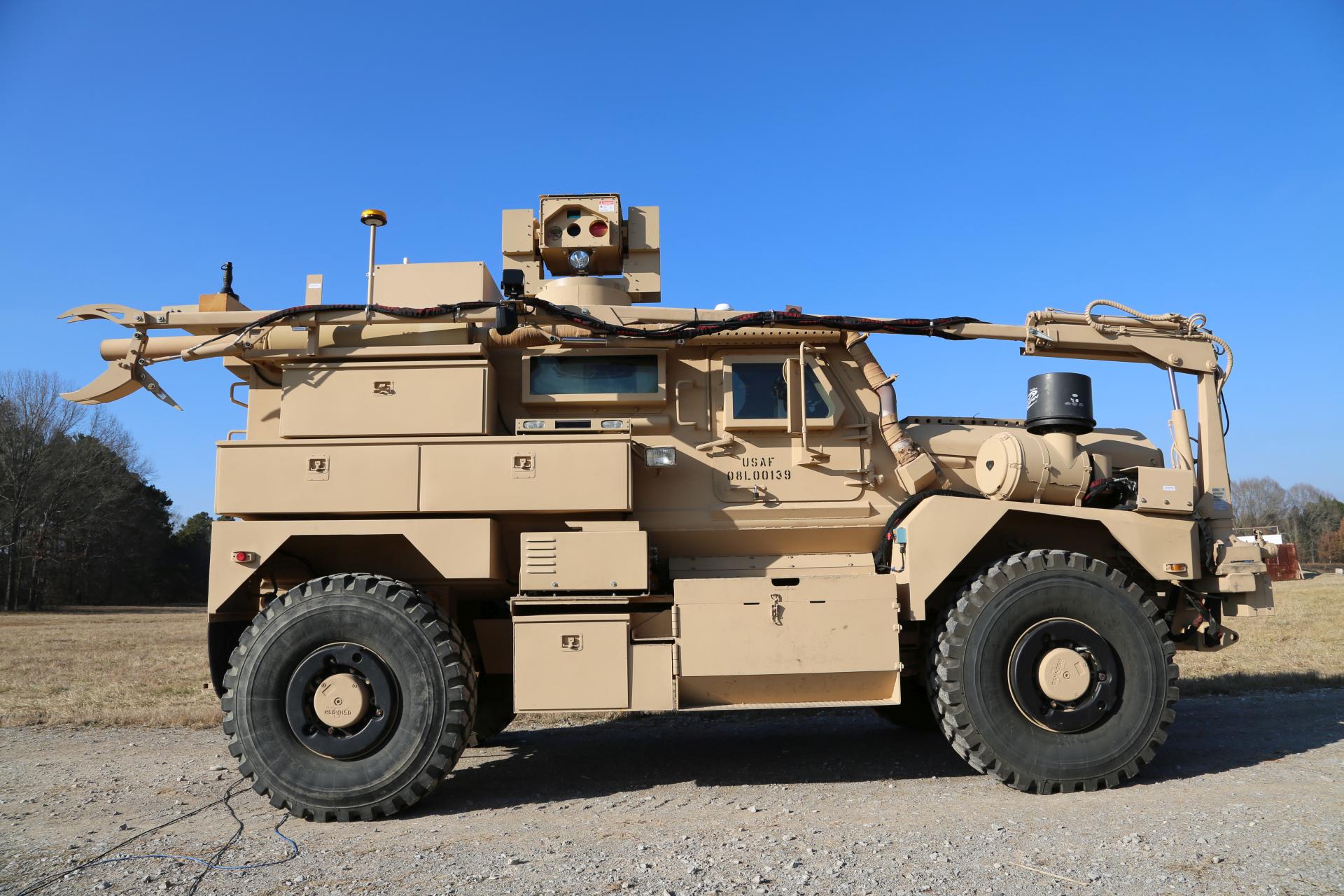US Secretary of Defense Ashton Carter will visit his European counterparts this week to take stock of cooperation with NATO in the wake of Russian aggression in Crimea and Ukraine.
The visit comes as officials say the military bloc’s activity in Europe is at its strongest in decades.
“This month the US and NATO have achieved their highest operational tempo of training and exercises since Cold War,” a US defense official said Friday.
The US official said Carter’s visit is a chance to “acknowledge” how NATO member nations have responded to Russia’s actions in the region, and also to discuss “what we need to continue doing.”
Carter is set to travel to Germany Monday and to Tallinn, Estonia, Tuesday before moving on to Belgium, where he will attend a NATO defense ministers meeting, his first NATO ministerial since taking over as Pentagon chief in February.
While in Tallinn, Carter will meet with defense ministers from Baltic States Estonia, Latvia and Lithuania, the Pentagon said, two of which border Russia.
All three countries have issued calls for the permanent presence of NATO troops in their territory.
But NATO states have been reluctant to grant the request, as deploying troops could undermine its Founding Act, signed with post-Communist Russia, to build a “lasting and inclusive peace.”
Amid mounting fears of Baltic and Eastern European nations about Russia’s actions, Washington announced it was poised to station heavy equipment in the region, prompting Moscow to lash back with a threat to boost its own nuclear arsenal.
The Pentagon official said the material would be used to train US troops in the region, downplaying Kremlin accusations that NATO was threatening its borders.
“The material is currently allocated to Germany. The question we asked ourselves last year, over the period of increased exercises in Eastern Europe, is where is the optimum place to store the material to be efficient,” the US official said.
Rapid deployment force
Carter is expected to deliver a major policy speech Monday in Germany and will also travel to Munster in the northwest of the country with Berlin’s Defense Minister Ursula von der Leyen, Dutch defense chief Jeanine Hennis-Plasschaert, and Norwegian counterpart Ine Eriksen Soereide.
In Munster, Carter will also visit the 1st German-Netherlands Corps, NATO’s interim rapid deployment joint task force.
The United States — which has nearly 65,000 military personnel in Europe — has consistently called for European nations to increase military integration efforts and troop contribution to NATO and has said it would like to see more rapid response task forces of this kind established.
In 2014, only three European countries — Estonia, Greece and Britain — spent at least two percent of their GDP on defense, the target set by NATO.
But London appears to be on track to decrease its spending as a percentage of its GDP next year, according to analysts from the International Institute for Strategic Studies.
The Pentagon official applauded Germany for helping increase defense spending in the bloc this year, but said he wants the country, seen as a leader in the alliance, to increase its effort further.
“We would like to encourage them to do more. It’s a historic year to do that,” the official said.
After visiting Estonia and Belgium, Carter will return to Germany Friday to participate in an exercise involving more than 12 nations.











